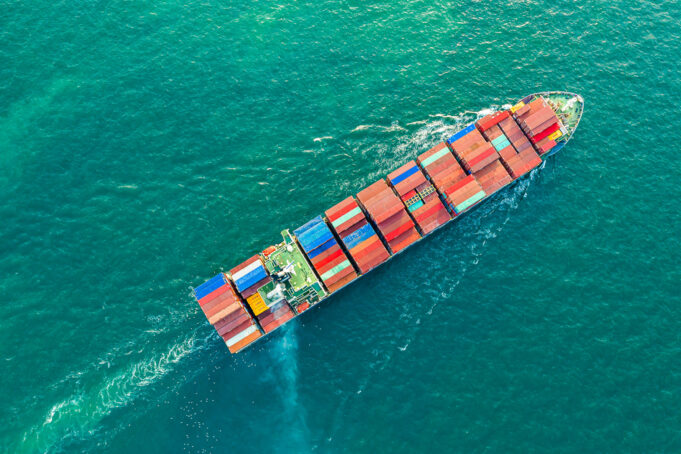As water treatment professionals, you know that maintaining a steady supply of essential chemicals is critical for delivering safe and clean water. However, there are significant challenges in sourcing these vital chemicals, exacerbated by global disruptions and rising demand. Let’s delve into the current chemical shortages and offer some actionable strategies to manage these challenges effectively for your plant.
Current Chemical Shortages
- Chlorine: Increased demand for disinfection has led to a notable shortage.
- Coagulants and Flocculants: Essential for removing contaminants, their supply is hampered by raw material scarcity.
- Activated Carbon: Used for filtration, this material faces supply constraints due to heightened environmental regulations and production limits.
Strategies to Manage Shortages
- Diversify Suppliers: Reliance on a single supplier can be risky. Establishing relationships with multiple suppliers can provide a buffer against supply disruptions. Consider both local and international suppliers to mitigate regional supply chain issues.
- Stockpile Essentials: While it may seem costly, maintaining a buffer stock of critical chemicals can prevent operational disruptions. Conduct a cost-benefit analysis to determine the optimal inventory levels for your facility.
- Explore Alternatives: Research and adopt alternative chemicals or technologies. For instance, UV disinfection can be a viable alternative to chlorine, reducing dependence on a single chemical.
- Collaborate and Share: Engage with industry peers to share resources and information. Collaboration can lead to bulk purchasing agreements or shared stockpiles, easing the burden of shortages.
- Optimize Usage: Implementing more efficient chemical dosing and monitoring systems can reduce waste and extend the use of available supplies. Advanced data analytics and IoT-based monitoring can help in achieving precise chemical usage.
Navigating chemical shortages in the water treatment industry requires a proactive and strategic approach. By incorporating some of these strategies, water treatment professionals can mitigate the impact of these shortages and continue to ensure the provision of safe, clean water. Stay informed, stay prepared, and keep your operations resilient in the face of supply chain challenges.
SOURCES: EPA





